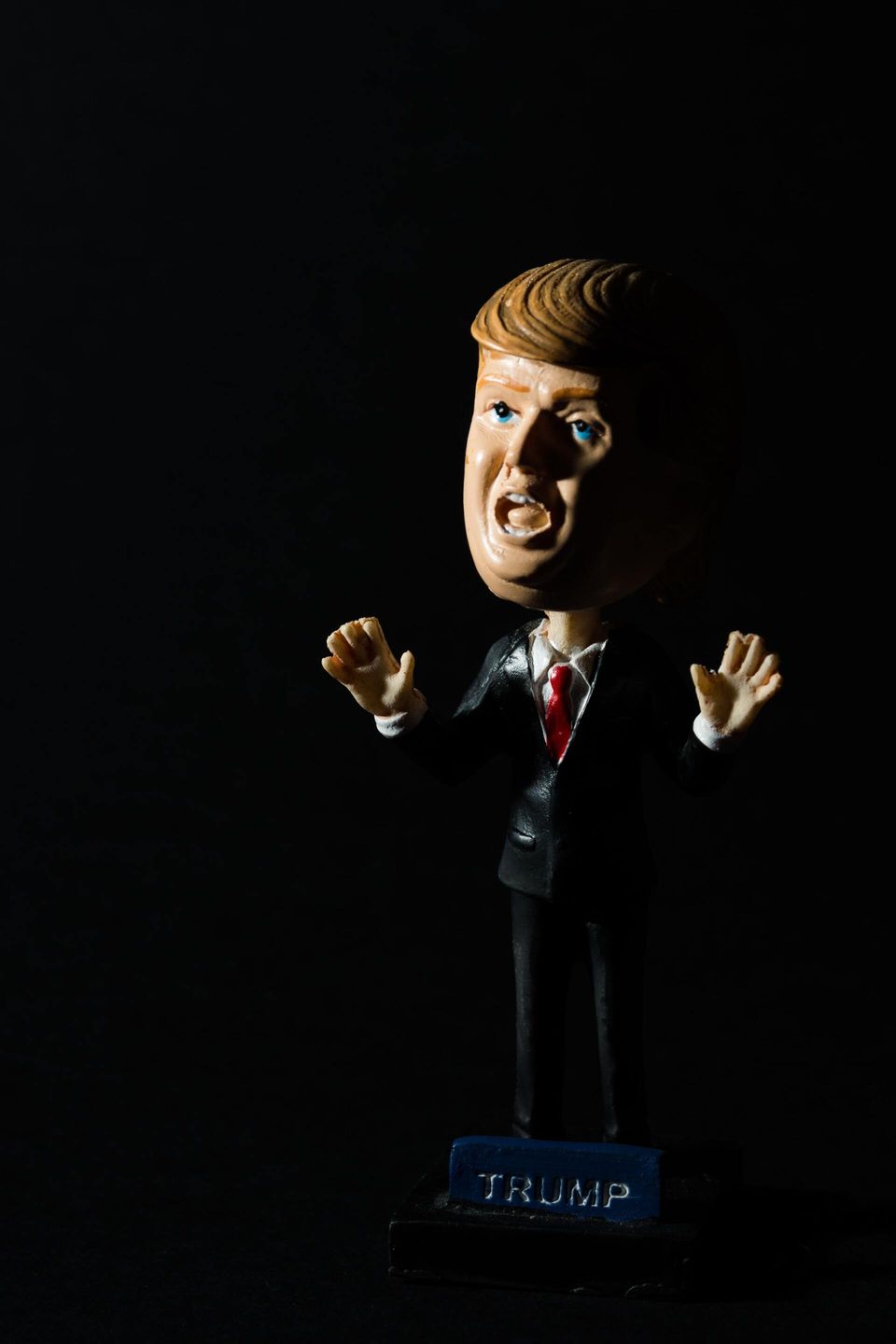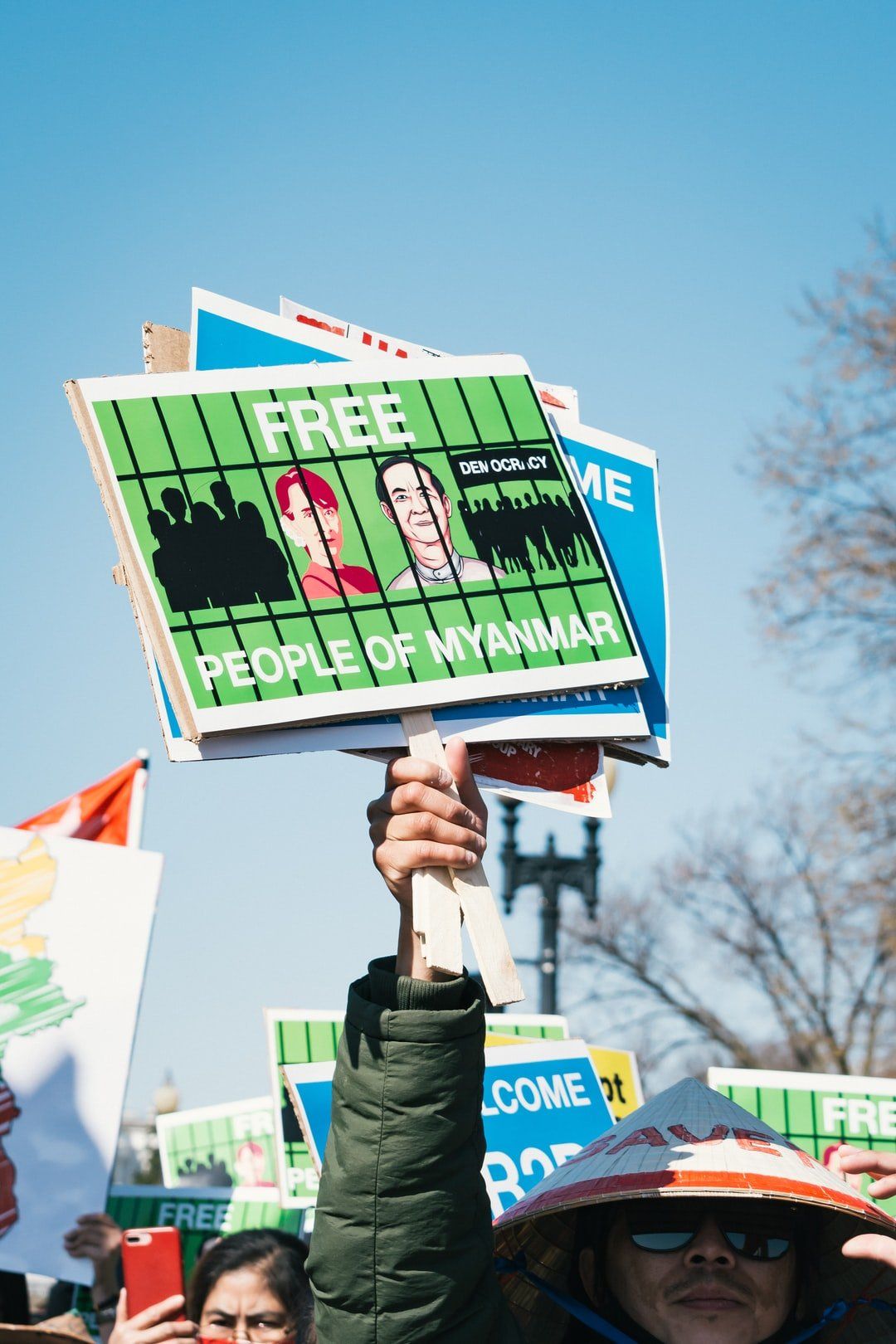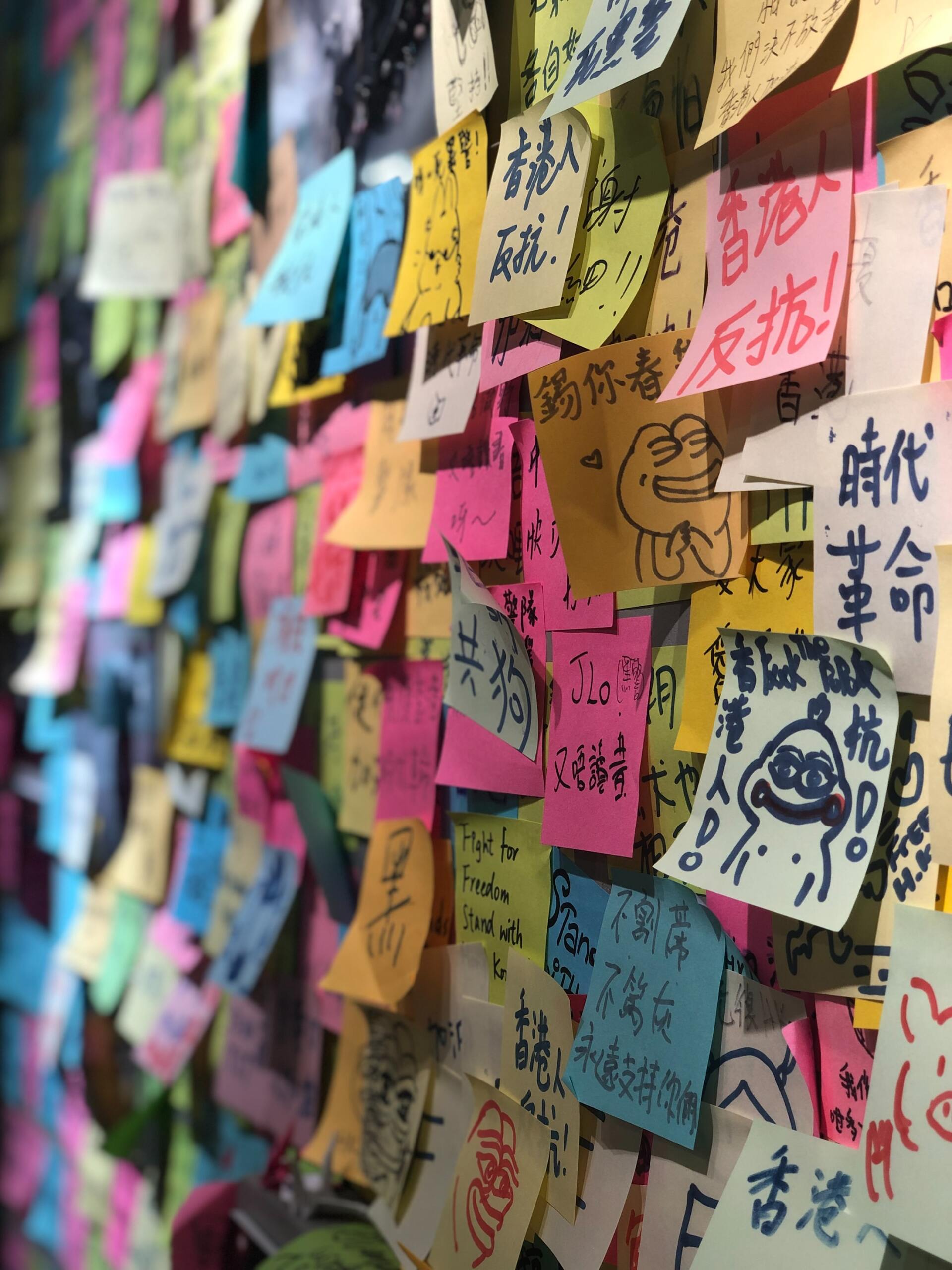Trump’s 2020 Re-election Campaign
Donald Trump’s controversial, anti-democratic and frankly frightening campaign tactics are perhaps the clearest example of a new, dangerous form of political campaigning.
As early as February 2017, the earliest ever an incumbent president had held a re-election campaign rally, Trump launched his re-election tactics. Whilst criticising European immigration policy in relation to terror-related incidents , he told supporters:
“We’ve got to keep our country safe. You look at what’s happening in Germany, you look at what’s happening last night in Sweden… Sweden. They took in large numbers.”
This confused claim was completely untrue: last night in Sweden no terror-related incidents occurred. In fact, to ensure clarity and mitigate public concern on this matter, Swedish newspaper Aftonbladet put together a helpful guide detailing ‘everything that happened in Sweden last night’ following Trump’s comments. Additionally, the former Swedish prime minister Carl Bildt tweeted:
“Sweden? Terror attack? What has he been smoking?”.
We can giggle at this incompetence given that, in isolation, it is just that: incompetence. However, looking holistically at Trump, one remembers that he is an extremely dangerous man - and not despite his lack of global and current affairs knowledge, but because of it. Indeed, it is worth noting that Swedengate took place just at the beginning of the Trump-Ukraine scandal. Further down the line, Trump, facing impeachment, attempted to divert the attention onto the now President, Joe Biden.
Trump’s campaign contended that Biden pressured Ukraine to fire its prosecutor general, Viktor Shokin, which is true. However, what is misleading is that whilst Biden did want Shokin fired, other western leaders had previously criticised the prosecutor general as corrupt and ineffective: Biden was simply leading a widespread consensus in asking for his removal. However, in an attempt to undermine his opponent, Trump coerced the Ukraine government to investigate Biden by withholding $400 million in aid. Trump here attempted to divert the legitimate negative focus on him towards his opponent in a highly deceptive and manipulative manner, which led to an impeachment investigation for abuse of presidential power.
It doesn’t stop there. When we return to the protest-heavy summer of 2020, Trump utilised his Mount Rushmore Speech to sow anger and accuse the left and Biden of destroying the country, stating:
“Our nation is witnessing a merciless campaign to wipe out our history, defame our heroes, erase our values and indoctrinate our children. Angry mobs are trying to tear down statues of our founders, deface our most sacred memorials and unleash a wave of violent crimes in our cities”.
Following from this, the Trump campaign took Biden’s policing policy comments out of context. In the vein of defund the police, a movement spurred by the escalation of gun violence against ethnic minorities by police, Trump released an outrageous television advert targeted at women in Ohio. Whilst showing an image of an empty police station, before carrying into images of violence, fire and protest, an ominous voiceover reads:
The Trump campaign’s cherry on this anti-democratic cake was an image of Biden shown in a Satanic light, with fire behind and within him. This is a clear incitement of fear, based on lies, exaggeration and misinformation, pandering to his alt-right and evangelical base and unfortunately stoking concern in a large section of the US population.
Of course we can immediately see that scare tactics and disinformation are bad, both for the people and for democracy. But why is it so?
The Impact of Subversive Political Campaigning on Democracy
We can find the answer to this question when considering the commonalities within these examples: disinformation, manipulation and polarisation. The Trump campaign employs explicitly subversive political campaigning tactics, which exploit and augment racial and ethnic divides, build upon a foundation of lies and, ultimately, deteriorate the quality of democracy.
Subversive political campaigning techniques have been conceptualised under the new fourth phase of political campaigning by Römmele and Gibson, two political theorists who focus on the impact of new technological trends on political communication. Political communication has changed massively in recent times, thanks in large part to digital media. We all see the increasing use of data in our everyday and political lives, which are now essentially intertwined with, and dependent upon, data-driven technologies. What is particularly relevant is the use of micro-targeting through psychometric profiling. It is important to note that subversive tactics are not limited to social media and can certainly be used with more traditional campaigning avenues, such as television.
Subversive political campaigners aim to misinform and polarise voters, turning them emotionally against the opposition. Psychometrics are utilised to understand who will react in the most conducive manner to the emotional state that the campaigners wish them to feel. Like in the Ohio advertisement example, often a concentrated demographic deemed influenceable are targeted; for election campaigning purposes, these populations are often located in battleground states.
When considering the dichotomy of emotionality and rationality, one could contend that emotionality can be negative for democratic value; particularly the capacity to deliberate between groups. Previous studies show that anger reduces the capacity to deliberate by distorting perceptions and increasing heuristic processing, directly reducing the capability to consider others’ views. Ultimately, when individuals cannot productively listen to one another, nor try to understand each others’ perspectives and points of view, polarisation increases and the groups are pitted against one another. These aims of disinformation and polarisation by subversive political campaigners should have no place in a functioning democracy, especially one as influential on the global scale as the US. Yet, we see these trends all over the world.
What can be done?
One must understand that data-driven political campaigning is the new norm, and that legislation and policy, currently, must adapt to the situation. Facebook has made some headway on minimising the effects of subversive political campaigners, but it is not enough. Although Mark Zuckerberg defended Facebook’s decision in 2019 not to take down political advertising that contains false information, since the aftermath of the 2020 US Presidential Election the platform’s new policy involves a larger, more hands-on role in relation to disinformation. One week before the General Election (November 3), Facebook extended their political ad ban, that was originally intended to last a week, for at least an additional month. On paper, this seems productive, but the fact that Trump has still been allowed to spread misinformation about the illegitimacy of the election raises concerns that the ban does not go far enough. One prime example of this is Trump’s 46 minute rant against election results posted to Facebook in early December 2020.
Twitter has updated their approach to misleading information in light of dangerous COVID-19 information and disinforming political campaigning strategies. In a different approach to Facebook, Twitter has decided to allow disinforming tweets to stay on the platform, but with labels warning users of the likelihood of misinformation. Trump’s recent feed includes labels such as: “Multiple sources called this election differently” and “This claim about election fraud is disputed”. What is good about this policy is that it increases the level of information that users have about the topic discussed, without outright censorship, so that they can make their own, more-informed decisions.
The unchecked power of social media to spread dangerous untruths begs the question: why is the fate of democracy being left to opaque tech leaders? Sound political campaigning regulation is essential for properly functioning democracies. Legislation must respect free speech whilst protecting democratic values, and this should be decided on national and international government policy, rather than by private profit-maximising firms.
There needs to be policy change to provide citizens with the opportunity to investigate and dispute online campaign content in order to make better informed political decisions. This could be in the form of legally required disinformation agents working within relevant firms, including social media firms and traditional media companies. Twitter is moving in the right direction, but governments should enforce legislation to deal with these pertinent issues rather than leaving it up to private technology firms to decide. This could build upon the proposed overhaul of U.S. tech laws, which would massively reduce big tech’s power, thus reducing their use by subversive political campaigners. What is important here is that increasing spending restrictions on political campaigning will have less of an effect than before, given that campaigning on social media is significantly cheaper. Whilst spending restrictions are still important, policymakers must consider different avenues.
In addition to government regulation, firms could use digital technologies such as machine learning to understand the sentiment and virality of disinformation. One such technology has been recently developed by Novetta, a defence focused analytics and IT firm. Their Rapid Narrative Analysis capability has been pioneered by the Novetta Mission Analytics and the Machine Learning Center of Excellence to respond to the exploding infodemic surrounding disinformation on COVID-19. This aims to help key stakeholders quickly identify and respond to harmful misinformation about the virus and vital public health measures. This could certainly be applied to disinformation surrounding electoral content on social media, and could be a legal requirement by governments for social media firms. Governments could also independently employ similar technologies to ‘check’ and ensure that social media platforms are successfully countering disinformation in some way.
Trump will no longer be president of the United States. However, he is not alone in the use of subversive political campaign strategies, and so these issues will not leave office with him. Stronger policies - from politicians and corporations - are required to tackle the threat of misinformation on democracy across the world, and countries must work together to achieve this.
Read More


Watch Our Episodes





